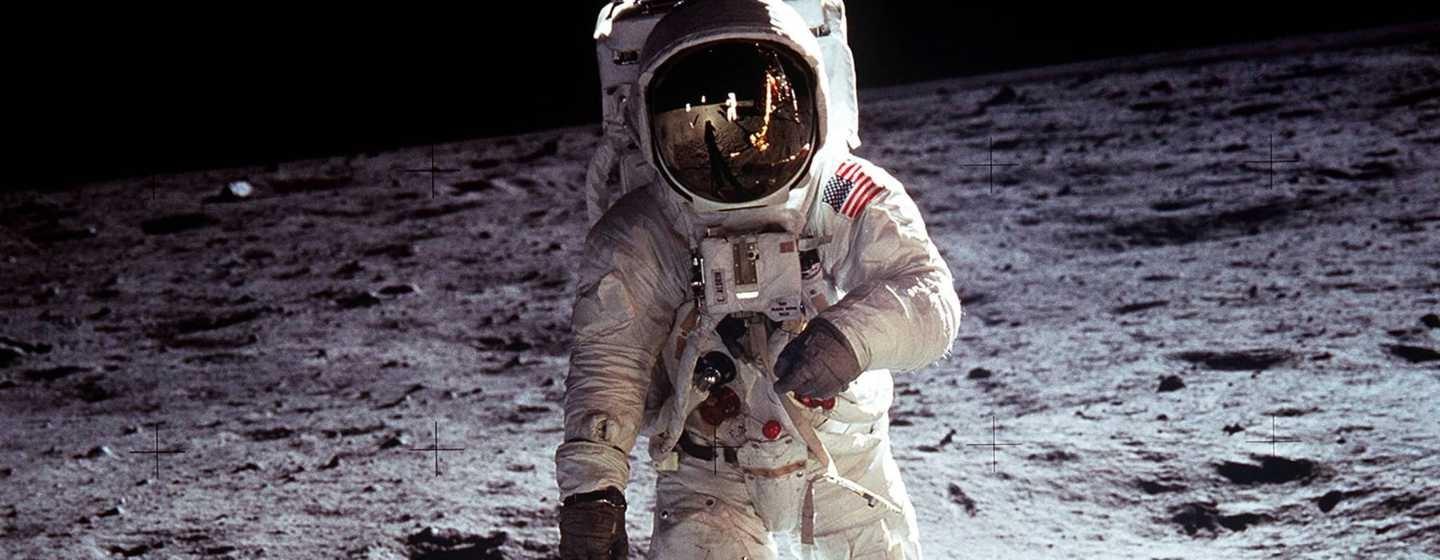Walking on the Moon: WCU Prof Helps NASA Prepare


More than five decades has passed since Neil Armstrong first stepped foot on the moon in 1969, taking his “one small step for man, one giant leap for mankind.” Now NASA is preparing to return to the lunar surface with its Artemis III mission, and Dr. Amy Fagan of Western Carolina University (WCU) is advising the space agency how to train astronauts to take that next step.
“NASA says a woman and a person of color will be the first Artemis astronauts to land on the moon, so this is going to inspire school-aged children, particularly girls, to be able to see astronauts like them on the moon,” said Amy Fagan, Ph.D., Assistant Professor in the Department of Geosciences and Natural Resources at WCU. “This has been a real eye-opening experience to see all that goes into a mission, and I’m so excited to play a part in the return of NASA’s human-landing missions.”
Artemis III is scheduled for launch in 2025.
The Artemis lunar landing that Fagan is helping NASA plan is headed for the moon’s South Pole region, which has never been touched by humans. The Apollo moon missions landed on the near side of the moon, which can be seen from Earth. The South Pole is an entirely new landscape for NASA astronauts not only to land in but also to explore.
“We were learning how to best support the astronauts on the surface of the moon and define where they will be going after they land,” said Fagan. “We have much better technology and higher resolution images then we did in 1969 with Apollo 11 and then in the early 1970s with the other missions, so that helps us pinpoint where the astronauts are going.”
Looking at lunar images is one thing but exploring its surface is something else.
To prepare astronauts for the uncharted terrain, a moonwalking test mission was conducted at the S P Crater near Flagstaff, Arizona. The crater is a cinder cone that is part of the 600 volcanoes in the San Francisco Volcanic Field. The mission simulation was named the Joint Extravehicular Activity Test Team Field Test #3.
There were three parts to the test mission: two astronauts simulated walking on the moon, the flight control office monitored the simulated walk and a team of scientists in the science evaluation office reviewed the data afterward. Fagan was part of the review team.
“We did a lot of virtual prep-work beforehand, so we mapped out the crater and decided on our scientific objectives and then gave the information to NASA,” adds Fagan. “The agency then connected the dots about how quickly the astronauts could get from one area to the other collecting samples.”
The simulated mission in the crater gave NASA a chance to test out new technology and tools for the mission, gathering input from astronauts about what they did or didn’t like or what other resources might be needed.
In addition, the crew worked at night to get experience with the shadows astronauts will find at the South Pole on the lunar surface.
“With the crew experiencing conditions like they will find on the moon, we were able to make changes to collection sites and to our objectives, when necessary,” said Fagan.
Learn more about the Artemis missions on NASA’s website.